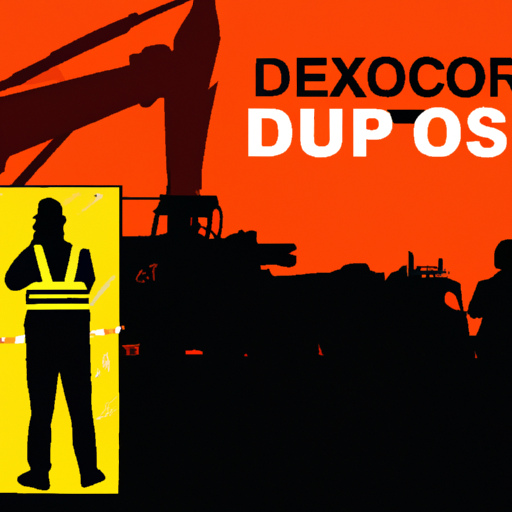Light at the End of Tunnel: Siksika Recovery Community Begins Construction amid Canadian Opioid Crisis
Greetings dear readers! Today, I want to shed light on a significant development that stands as a beacon of hope amid the painful but imperative issue of Canadian opioid crisis. As the saga continues unfolding with grave implications, some notable proactive measures are being taken to address it. I am talking about the commencement of the construction of the Siksika Recovery Community— a planned recovery community designed to help people dealing with addictions. To gain further insight, make sure to check out the original article here.
The Devastating Opioid Crisis in Canada
Before we delve into the specifics of the Siksika Recovery Community, it’s essential to understand the harsh reality of the opioid crisis in Canada and the urgent need for such initiatives. The opioid crisis has been, unfortunately, a steady burden on Canadian society for a long time now. It costs lives, families, and communities across the entire spectrum of society. It increases crime rates, drastically escalates the number of homeless individuals, and puts a strain on Canada’s healthcare system. Complicating matters further are the opioid class actions that have been launched seeking justice and accountability.
The Siksika Recovery Community
In a valiant bid to confront this crisis and aid those grappling with addictions, the Siksika Recovery Community’s construction has begun. Endorsed by the Alberta Government, the facility is expected to provide treatment to around 75 people simultaneously. The project is part of a broader governmental strategy aiming to create five recovery communities across Alberta, boosting the number of publicly funded treatment spaces by 400.
Key Aspects of the Siksika Recovery Community
- The facility aims to integrate program participants back into society productively, helping them restore their lives after addiction recovery.
- The facility is anticipated to serve 300 people annually, substantially adding to Alberta’s fight against opioid and substance abuse problems.
- This recovery community has been designed to represent a holistic approach towards recovery, focusing on physical, emotional, social, and spiritual aspects.
- A key distinction between traditional treatment facilities and recovery communities like Siksika is the duration of stay – it enables long-term treatment, allowing residents to stay up to 18 months.
- One of the cornerstones of the Siksika Recovery Community is their utilization of naloxone training and distribution, an essential tool in emergency response to opioid overdoses.
Final Thought
While the opioid crisis has left deep and dreadful footprints in Canadian society, initiatives like the Siksika Recovery Community present a hopeful path towards a drug-free future. Not only does such an establishment provide a comparatively safe, secure environment for individuals to find their way back to a healthy, addiction-free life, but the comprehensive measures taken within these communities also aid in re-acclimating individuals to societal norms, making them valuable contributors once again.
With about 400 additional spaces to be created, the Alberta government’s continued commitment towards combating the opioid crisis is commendable. The crisis undoubtedly presents a formidable challenge; nonetheless, through efforts like the Siksika Recovery Community and increased accessibility to live-saving drugs like Naloxone, a glimmer of hope emerges in these unprecedented times.
The Canadian opioid crisis is not only a plague on healthcare, but it also accentuates crime and homelessness. Hence, instituting more facilities like the Siksika Recovery Community, spreading awareness, holding those accountable through opioid class actions, and ensuring access to life-saving drugs like Naloxone will be a giant leap forward for Canada in healing communities impacted by opioid addiction.


